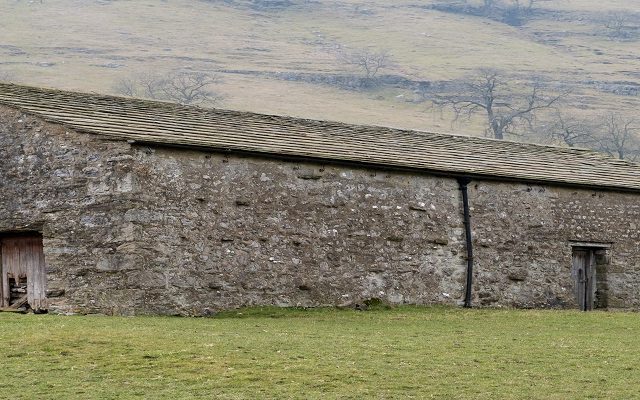5 things to know about Scottish land reform proposals
The Scottish land market has developed dramatically in a short space of time, due to the impact of Covid-19, the climate crisis, and the developing market for varying forms of carbon sequestration.
The development of the carbon market has created both a new source of demand and a dramatic increase in capital values for land that has potential for carbon accreditation.
Investment in rural estates and farmland by corporate bodies, investment funds or charitable trusts has been rising, sparking debate about the impact that such purchases can have on local communities and the extent to which the Scottish nation should be benefitting from Scotland’s natural capital assets.
The Scottish Government has responded by publishing proposals for a new Land Reform Bill, which it says will be introduced by the end of 2023.
This includes measures to regulate the market in large-scale landholdings and introduce greater transparency in the way large holdings are managed.
Key proposals are:
1) The introduction of a public interest test for transfers of large-scale landholdings. Views are being sought on what should constitute a ‘large-scale holding’, but the consultation suggests a fixed threshold of 3,000ha, or acting where a land transfer would result in land ownership becoming too concentrated within an area. For example, it suggests a public interest test might be needed where a land sale accounts for more than a specified percentage of a permanently inhabited island. The government is asking for views on whether family farms should be exempt from the proposals even if they are classified as a large-scale landholding.
The public-interest test would be applied to the sale of large-scale landholdings or where a large-scale landholding could be created by someone buying land from their neighbours.
Its purpose would be to assess whether, at the point of transfer, a risk would arise that was against the public interest. One outcome might be that there would be insufficient public interest to warrant interference in a sale, and the land in question could be sold without interference. Alternatively, it might be decided there was sufficiently strong public interest to say that the sale could only proceed subject to specific conditions.
Conditions could include that the land in question should be split into lots and could not be sold to one party as a whole unit. Another outcome might be a requirement for the land, in whole, or in part, to be offered to official community bodies in the area, and an open sale could only proceed if the bodies consulted did not wish to buy it.
A public interest test could also have an outcome that placed specific conditions on the buyer, such as a requirement to include in a Land Management Plan provisions to restore degraded peatland or to make part of their holding available to local community bodies.
2) Placing a legal duty on owners of large-scale landholdings to comply with the Land Rights and Responsibilities Statement (LRRS) and its associated codes/protocols. Following the LRRS is currently voluntary, but its protocols offer practical advice on how landowners, land managers and communities can work together to make better and fairer decisions about land use. The government proposes that compliance would be enforced by having a formal procedure for raising complaints, although only ‘defined parties’ would be able to report potential breaches and not members of the public.
3) Making it compulsory for large-scale landowners to publish Land Management Plans (LMP) which will set out how a landowner intends to use and manage their land, and how they will invest in its improvement. The plans will demonstrate how land will be used to meet requirements for sustainable management, contributing to net zero and nature restoration goals. They will also address how landowners should engage with local communities. The government is also proposing that compliance with the requirements for an LMP and meeting LRRS protocols will be a condition of large landowners receiving public funding. All land, regardless of size, will also need to be registered on the Land Register of Scotland.
4) Introducing a requirement for owners of large-scale holdings to give prior notice to local community bodies of their intention to sell. Existing Community Right to Buy legislation enables a community body to apply to register a pre-emptive right of purchase over land that they have a particular interest in. When the land is question is put up for sale the community body must be notified. The government is proposing to build on those existing rights, so community bodies are notified even if no pre-emptive right of purchase has been registered. It suggests a notice period of 30 days for the community body to inform the landowner of whether they would be interested in purchasing the land, and then another six months to enable them to negotiate the terms of the purchase and secure funding.
5) Removing any barriers preventing tenants from undertaking a combination of agricultural and non-agricultural activities, by introducing a new flexible Land Use Tenancy. The aim would be to make it easier for tenants to deliver multiple activities alongside agriculture, including woodland management, agroforestry, nature maintenance and restoration, or peatland restoration.
If you would like to speak to a member of the team about the implications of the proposals contact Robert McCulloch.






